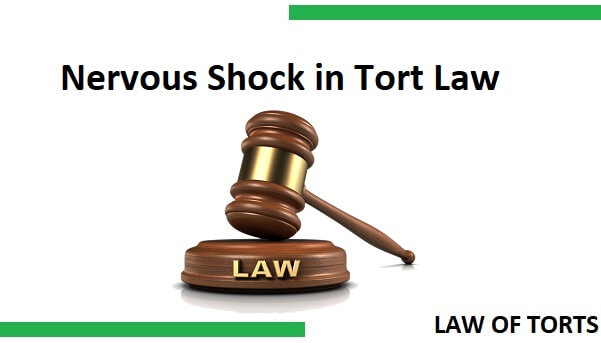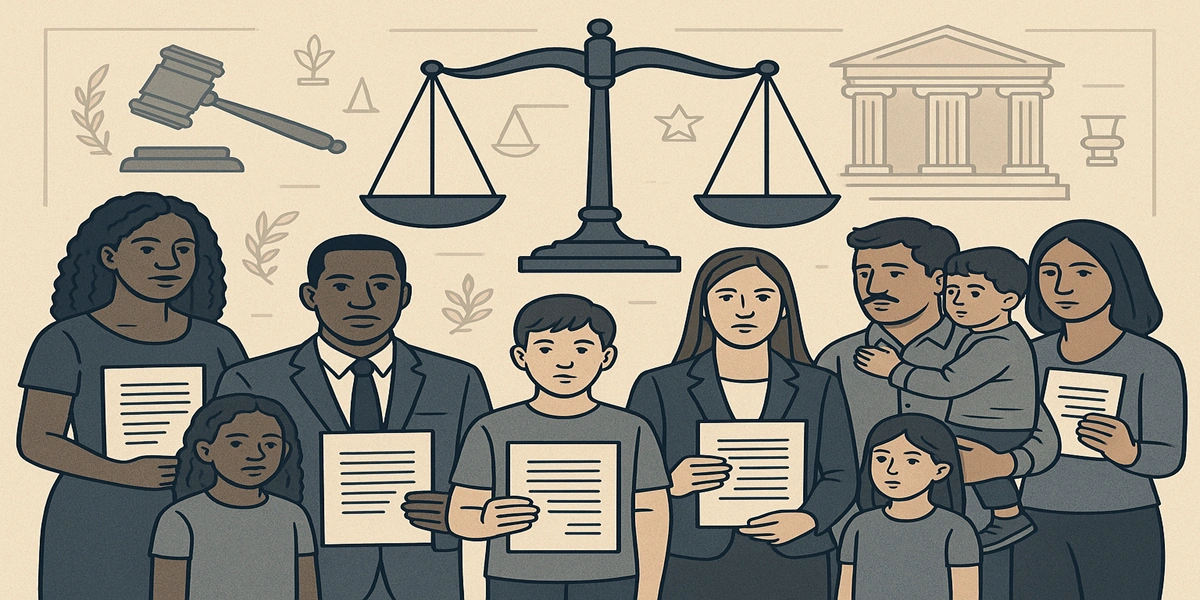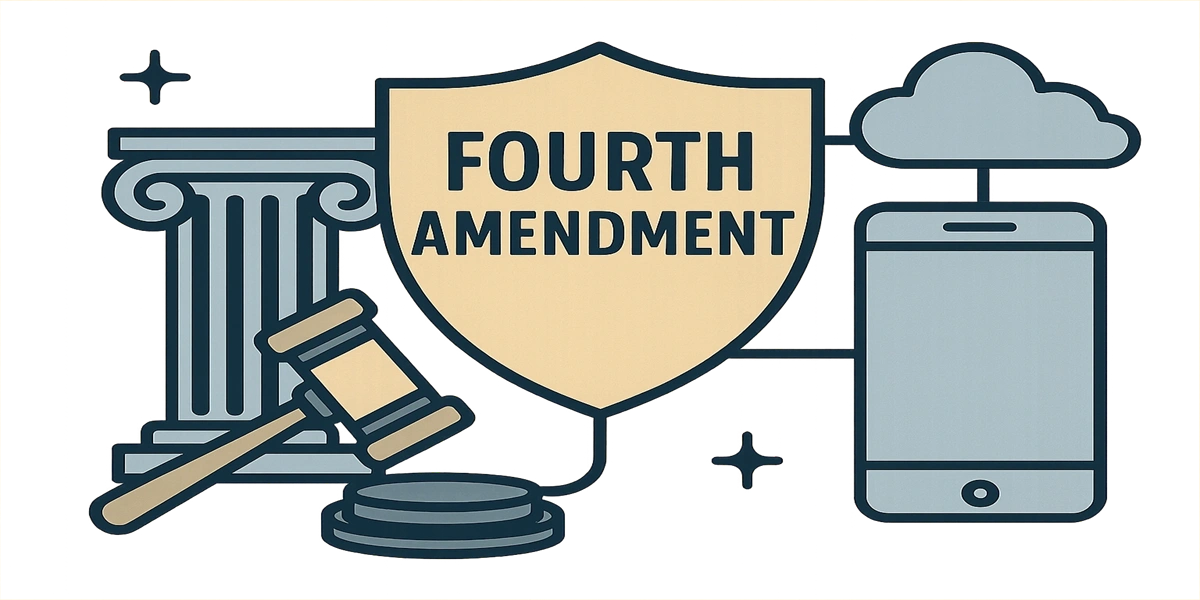This branch of law is comparatively of recent origin. It provides relief when a person may get physical injury not by an impact, by stick, bullet or sword but merely by a nervous shock through what he has seen or heard.
As far back as 1888, the Judicial Committee of the Privy Council in Victorian Railway Commissioner v. Coultas, did not recognize injury caused by a shock sustained through the medium of eye or ear without direct contact. They thought that an action could not be sustained unless there was a physical impact or something akin to it.
Not long after the above stated decision we, however, find that injury caused by nervous shock, without there being any physical impact, has been recognized. “The crude view that the law should take cognizance only of physical injury resulting from actual impact has been discarded, and it is now well recognized that an action will lie for injury by shock sustained through the medium of the eye or the ear, without direct contact.
In 1897, in Wilkinson V. Downton, the defendant was held liable when the plaintiff suffered nervous shock and got seriously ill on being told falsely, by way of practical joke, by the defendant that her husband had broken both the legs in an accident. In Dulieu v. White and Sons also, an action for nervous shock resulting in physical injuries was recognized.
There the defendant’s servant negligently drove a horse van into a public house and the plaintiff, a pregnant woman, who was standing there behind the bar, although not physically injured, suffered nervous shock, as a result of which she got seriously ill and gave premature birth to a stillborn child. The defendants were held liable. Kennedy, J. although recognized an action for nervous shock but he imposed very great limitation when he held that for such an action, the shock must be such as “arises from reasonable fear of immediate personal injury to oneself. This meant that if by the negligence of X, danger is created for A, A can bring an action, if he suffers nervous shock.
If, on the other hand, seeing or hearing of the danger to B, another person, say A, suffers nervous shock, A cannot sue X. If by a negligent act towards B, nervous shock to A can be foreseen, A is well within the area where injury through nervous shock could be caused to him and there seemed to be no justification for debarring A from bringing an action. A person may suffer nervous shock even though he himself is not within the area of physical injury to himself.
The case of Hambrook v. Stokes Bros., recognized an action when danger of physical injury to B caused a nervous shock to A. The facts of the case are as follows : Soon after having parted with her children in a narrow street, a lady saw a lorry violently running down the steep and narrow street. She was frightened about the safety of her children. When told by some bystander that a child answering the description of one of her children had been injured, she suffered nervous shock which resulted in her death. In an action against the defendants, who had negligently left the lorry unattended there, they were held liable even though the lady suffering the nervous shock was not herself within the area of physical injury.
Expressly disapproving the above stated limitation imposed by Kennedy, J. in Dulieu V. White, Atkin L.J. said, “Personally sec no reason for excluding the bystander in the highway who receives injury in the same way from apprehension of or the actual sight of injury to a third party. There may well be cases where the sight of suffering will directly and immediately physically shock the most indurate heart, and if the suffering of another be the result of an act wrongful to the spectator, I do not see why the wrongdoer should escape.”
In Dooley v. Cammell Laird and Co.5 the plaintiff, the driver of a crane, suffered nervous shock when he saw that by the breaking of a rope of the crane, its load fell into the hold of a ship where some men were at work. The rope had broken due to the negligence of the defendants and they were held liable to the plaintiff. In Owens v. Liverpool Corporation, the Court of Appeal allowed the plaintiff’s action for nervous shock which was caused not because of any peril to human life but by the imperilment of a coffin containing the corpse of a near relative. Peculiar susceptibility of the mourners at that time was held to be no defence. Mackinnon, L.J. said “One who is guilty of negligence to another must put up with idiosyncrasies of his victim that increase the likelihood or extent of damage to him; it is no answer to claim for a fractured skull that its owner had an unusually fragile one.”






